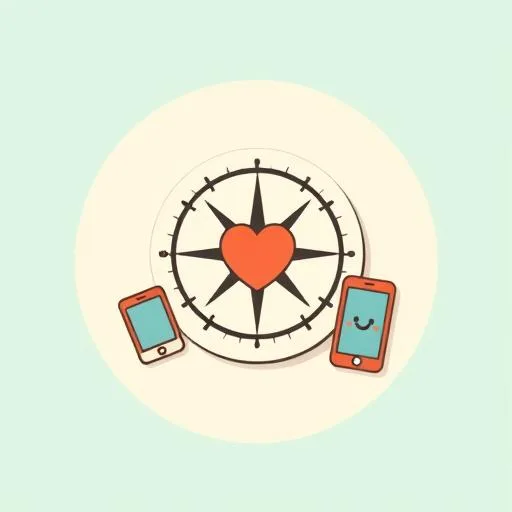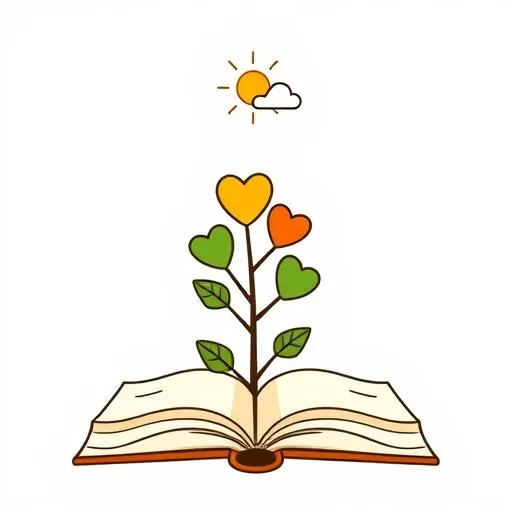
Have you ever felt it? That feeling of standing on the edge of something massive and fast-moving, like a digital wave that’s reshaping everything. One minute we’re teaching our kids to tie their shoes, and the next, they’re navigating worlds we never imagined. It can feel exhilarating and, let’s be honest, a little overwhelming! That’s why when I saw the news about experts at a recent symposium calling the Church’s voice ‘vital’ in guiding the future of technology, it felt like a collective, calming breath. This isn’t just a headline; it’s a powerful signal of hope for every parent trying to raise good humans in this new era. It’s a reminder that we’re not just plugging our kids into machines; we’re guiding their hearts.
Why Moral Direction Matters More Than Hardware Specs

When we plan a family trip, the goal isn’t just to get there fast. It’s about the memories we make, the silly songs we sing in the car, the unexpected discoveries along the way. Building a thoughtful life with tech is the same. The recent dialogue between faith leaders, academics, and tech experts is aiming for that exact sense of shared journey rather than a frantic race. They’re talking about ensuring this “algorhythmic age” focuses on “human flourishing,” and that idea really resonates with me as a parent. We don’t want our kids to be passive passengers; we want them to exit the ride more compassionate, more curious, more connected to the people beside them.
This is about building a future where technology serves humanity, especially the most vulnerable, and not the other way around. It starts by asking the big, beautiful questions long before anyone opens an app store. What kind of world do we want to build? How can these incredible tools help us be better neighbors, better siblings, better friends? Having a global institution with centuries of experience in ethics step in to guide the conversation is monumental. For our families, it means we can start teaching our kids that the most important part of any new technology isn’t what it does, but how it helps us be.
Bringing the Global Chat to the Kitchen Table

So how do we shrink a worldwide conference so it fits between the cereal box and the orange juice? We trade lectures for small, curious moments. The other evening my seven-year-old used a story-maker to draw a rainbow dragon rescuing a lost kitten. I watched the colours bloom across the screen and felt that familiar rush of wonder. But the part that lingered happened afterward. Instead of “Cool dragon,” I asked, “Why did the dragon care about the kitten?” She thought, then said, “Because no one should feel alone.” That tiny exchange slid a moral lens over her digital fun.
We’re translating global ethics into bite-size questions: “Was that game fair to every player?” “Would you want someone sharing that about you?” No need for a formal code of conduct; we’re quietly stitching an internal compass they can consult on their own. The shift is from consumption to creation, from passive scrolling to active, thoughtful engagement. These chats teach our kids that behind every screen is a person, behind every tap is an intention, and their choices—tiny or giant—have ripple effects.
Raising Kids Who Want to Build the Better World

Fixing the whole planet sounds exhausting until you remember it starts with grass-stained knees and shared giggles. Balance is more realistic than abstinence. When the sky is the kind of blue that begs for bare feet, we head outside and leave the tablets charging. Those walks to the neighbourhood playground—literally a one-minute stroll from the school gate—give my daughter the chance to negotiate swing turns, invent new tag rules, and notice the kid sitting alone on the bench. Experiences like that can’t be downloaded.
Yet technology can absolutely amplify the compassion they practise offline. We’ve started a little tradition: after an outdoor adventure she records a one-minute “gratitude voicemail” to her grandma using a voice-note app. The tool is digital; the heartbeat is human. By pairing hands-on discovery with intentional tech moments, we’re fertilising empathy, creativity, and the habit of asking “Who might need help today?” That’s how we raise contributors instead of consumers.
Choosing Hope When Headlines Get Loud

Some nights a doom-scroll feels inevitable: warnings about deepfakes, predictions of job-stealing bots, experts fretting over runaway algorithms. Fear can throb louder than a playground drum. But hope is sturdier, and hope has momentum. The same symposium that flagged dangers also showcased teachers using AI to personalise reading help for struggling kids, and developers brainstorming open-source safety nets. Just as streetlights make evening walks possible, these conversations illuminate a safer path.
We, as parents, co-pilot that path by filtering the dread and passing on the possibility. In our house we practise a tiny ritual at bedtime: we name one problem technology could solve tomorrow and one kindness we’ll keep doing no matter how fancy the gadgets get. The exercise is short, but it reminds us that the future is a collaborative draft we’re writing together, one loving conversation, one thoughtful choice, one family at a time. Let’s embrace this journey together.
Source: Church’s voice ‘vital’ in guiding AI’s future, symposium experts say, Catholic News Agency, 2025/09/05 20:36:00
